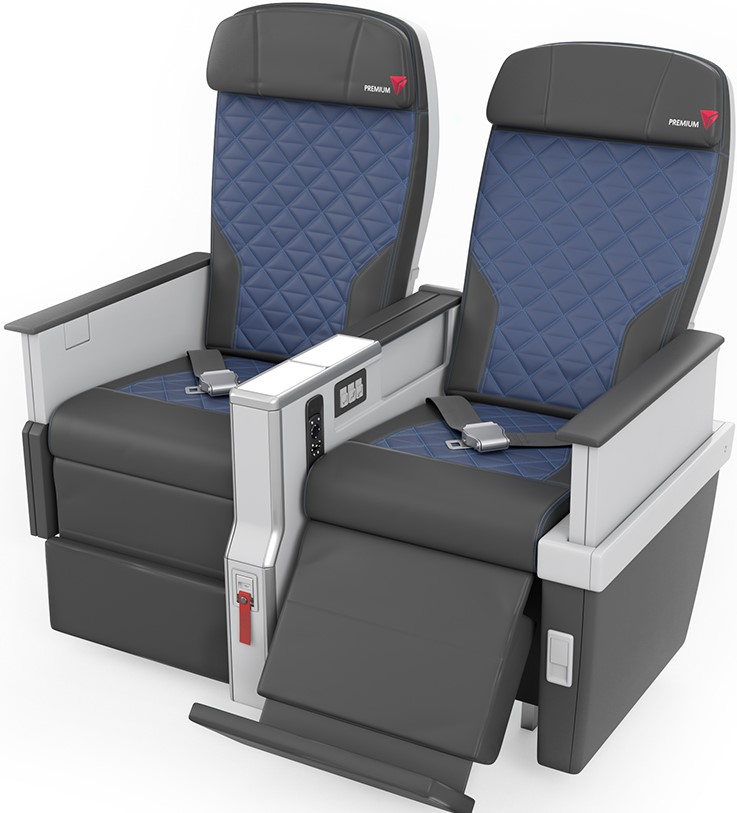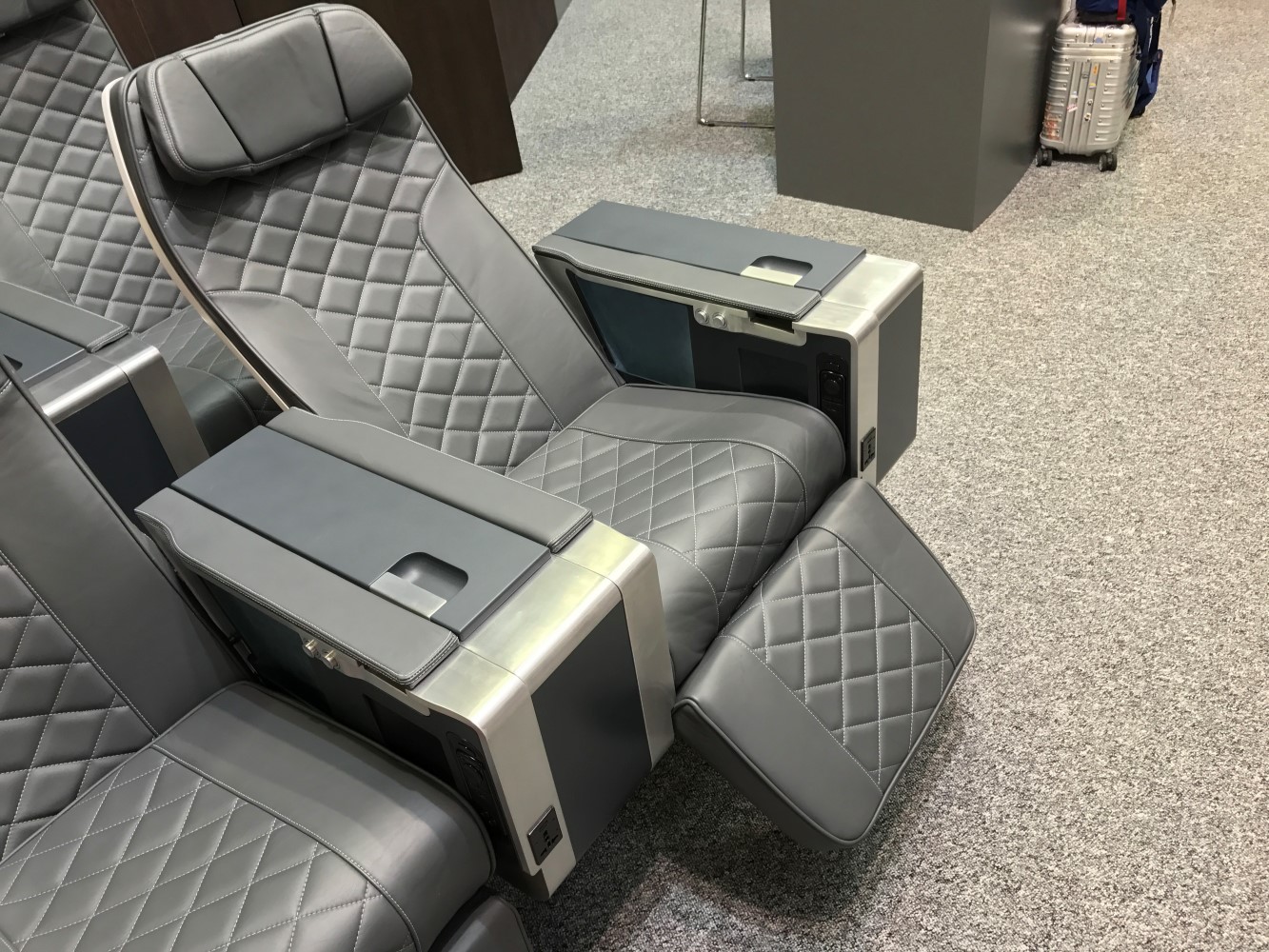Over the next year, the premium economy market will continue to be split between the extra-legroom economy products like United Economy Plus and full international premium economy recliner seats like British Airways’ World Traveller Plus.
The biggest splash in this market will be from Emirates, due to reveal the full details of its premium economy offering prior to its launch in 2018. For existing carriers, this supply increase will boost the profile of premium economy and lead more passengers to expect the cabin by stimulating overall demand, while also putting pressure on yields. It’s likely that the fares for premium economy on competed routes will drop, moving from closer to 3x the economy fare to 1.5-2x economy prices.
The pricing pressure may well lead smaller airlines competing with Emirates that are currently considering the introduction of premium economy — or looking to roll the product out to additional aircraft within their fleet — to hold off on the move until a market equilibrium returns.
At the same time, tightening economy class seat sizes towards the back of the cabin will also make premium economy an easier sell to customers of airlines like Cathay Pacific, which is moving from a 3-3-3 layout to a 3-4-3 configuration on its Boeing 777 aircraft. Essentially, by increasing the “comfort canyon” between economy and business class, airlines are making their existing premium economy investments a more desirable product for passengers.
This strategy may well backfire, though. If premium economy turns into a resentment purchase to avoid a terrible experience down the back of the plane, that’s a different emotional experience than the current “treat yourself to a little luxury” line for upmarket leisure travellers in particular, who are a key part of the premium economy market. And air travel is certainly an emotional experience. Airlines will need to be careful about how they position their premium economy if they do decide to go down this route.
Some airlines are likely to replace their extra-legroom economy seating products with full international premium economy recliner seats to widen the canyon and reduce the indecision about opaquely-monikered products leading to the choice paradox. Delta’s premium economy product — the name of which was updated to Delta Premium Select from Delta Premium shortly after its launch — will debut towards the end of 2017 on the airline’s Airbus A350 fleet. The airline appears to be replacing the existing Delta Comfort+ extra-legroom seating with Delta Premium Select as a mid-tier offering.
In some ways, premium economy will get more consistent in 2017. Air New Zealand will remove its unique Spaceseat product and replace it with a more standard offering. But the next year may well also see premium economy pushing the recliner boundary, particularly among the long-haul, low-cost carriers. AirAsia X will likely announce the cabin product on its Airbus A350 aircraft well in advance of their 2018 delivery, and the carrier is already pushing the cabin boundaries with its Premium Flatbed angled lie-flat seat product, which is priced competitively with other airlines’ premium economy.

Air New Zealand’s innovative Spaceseat is already being pulled off its 777-300ER fleet. Image: Air NZ
Options for AirAsia X include moving backwards to a usual recliner, forwards to a stacked 3D seat like the Stelia Equinox 3D (pictured here), or installing the first angled lie-flat product on an A350 (which will require certification). At this point, it feels about even money as to whether AirAsia X will pick a flat bed — and the added comfort halo the flat bed engenders — or move back to a recliner.
Seatmakers are likely to continue proposing comfort and space innovations to airlines, whether that’s around cutting inches off the pitch without commensurately affecting the passenger’s sense of space, or adding features for carriers that want to differentiate their premium economy seating. Acro’s Series 7 seat, with its extra-spacious design and oldschool business-style cradle sleeper feeling, is likely a forerunner of where the rest of the industry is going.
In this Series:
- PaxEx 2017: Competing economy trends make for a blurry picture
- PaxEx 2017: Business will continue pushing first class boundaries
- PaxEx 2017: As first class numbers shrink, the luxury will grow
- PaxEx 2017: A year of delivery for new connectivity systems
- PaxEx 2017: Connected seatback IFE is both opportunity and threat
- PaxEx 2017: The airport of the future starts to arrive
Related Articles:
- PaxEx 2017: Competing economy trends make for a blurry picture
- What form will Emirates’ premium economy cabin take?
- Premium Economy costs more (and less) than Airbus suggests
- Delta Premium goes for biz-minus amenities, but average seat
- In increasingly crowded PE/biz market, Acro’s Series 7 stands out













